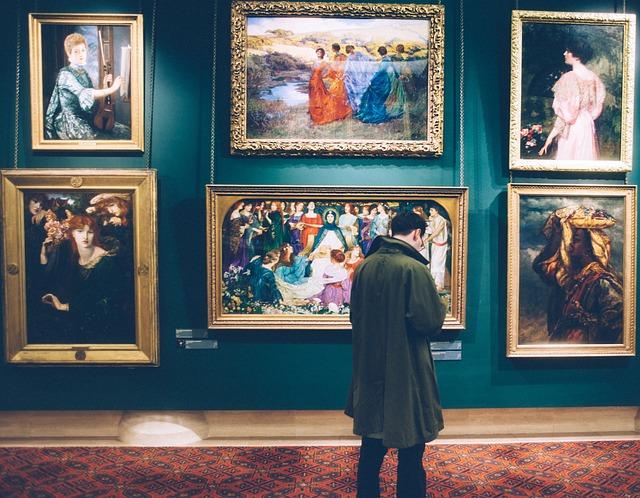The Role of Museums in Cultural Education
Museums have long been regarded as custodians of history, art, and culture. Their role in cultural education extends far beyond mere exhibition. In today’s rapidly changing world, museums serve as essential platforms for engagement, understanding, and appreciation of diverse cultural narratives.
Understanding Cultural Education
Cultural education refers to the process of learning about the arts, traditions, and values that shape different communities. It fosters empathy, critical thinking, and an appreciation for diversity. Museums play a pivotal role in this education by providing access to a rich array of cultural artifacts and experiences.
The Importance of Museums in Cultural Education
Museums fulfill several important functions in cultural education, including:
- Preservation: Museums are responsible for preserving artifacts that have historical and cultural significance.
- Accessibility: They make cultural heritage accessible to the public, regardless of socioeconomic status.
- Education: Museums provide educational programs, workshops, and resources for all age groups.
- Community Engagement: They serve as gathering places where communities can share their stories and experiences.
Benefits of Cultural Education through Museums
Engaging with museums offers numerous benefits, such as:
- Enhancing critical thinking and observational skills.
- Encouraging connections between different cultures.
- Providing hands-on learning experiences.
- Inspiring creativity through exposure to art and history.
Case Studies: Successful Museum Education Programs
Here are a couple of examples that illustrate the successful integration of cultural education in museums:
| Museum | Program Name | Focus Area | Impact |
|---|---|---|---|
| The British Museum | Cultural Connections | Global Cultures | Increased understanding of world histories |
| Smithsonian National Museum of Natural History | Exploring Evolution | Biological and Cultural Evolution | Enhanced appreciation for biodiversity |
Practical Tips for Engaging with Museums
If you’re looking to enhance your cultural education through museums, here are a few tips:
- Plan your visit: Research in advance to discover what exhibitions are available.
- Participate in workshops: Many museums offer workshops that provide hands-on learning experiences.
- Talk to the staff: Engaging with museum staff can provide deeper insights into exhibits and programs.
- Use technology: Explore apps and virtual tours offered by museums to experience their collections remotely.
First-Hand Experiences: Testimonials
Many individuals have shared their experiences about how museum visits have transformed their understanding of culture. Here are a few testimonials:
“Visiting the local art museum opened my eyes to the diverse art styles around the world. I left feeling inspired to explore my own creativity.” – Sarah M.
“The interactive history exhibits at the museum helped my children appreciate our own cultural heritage.” – Carlos T.
Conclusion
Museums play an invaluable role in cultural education by preserving history, enhancing engagement, and fostering a greater understanding of the diverse tapestry of human cultures. By participating in museum experiences, individuals not only enrich their own lives but also contribute to a more connected and empathetic society. As we continue to navigate our global future, the educational mission of museums remains as crucial as ever.



